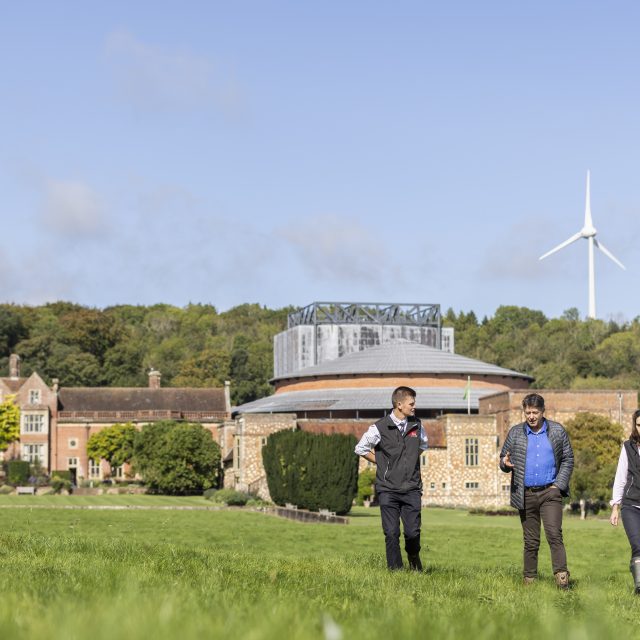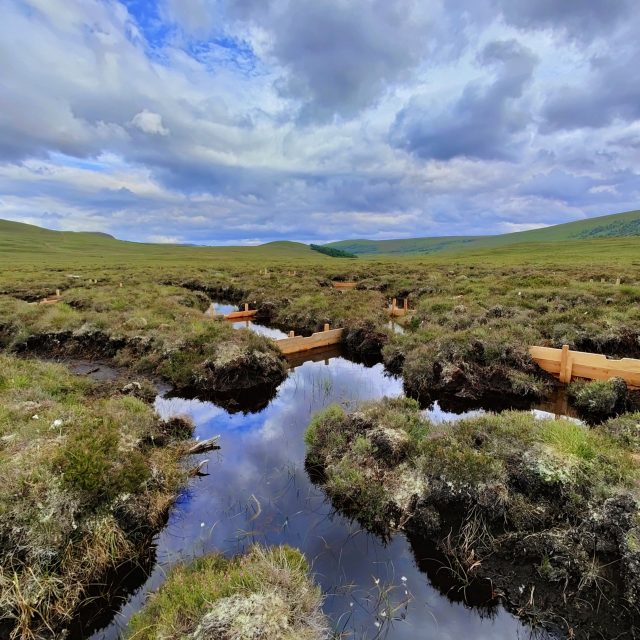How to increase woodland investment in England
Woodland investment can offer solid financial and environmental benefits – but regulatory changes are required if the government is to hit its tree-planting targets in England.
In 2017, the Conservative Party pledged to plant 11 million trees across England in the five years to 2022, to help meet the government’s wildlife and environmental commitments.
While this sounds like a laudably high number, it’s a rather unambitious target: 11 million trees would only take up an area totalling 4,500ha. Even so, planting progress has been frustratingly slow.
Figures collected by the Forestry Commission show just 1.58 million trees were planted across England in year one. At this rate, there would be fewer than eight million new trees by 2022 – 70% of the target.
The slow uptake is down to two main factors. A historical misconception about forestry’s value as an investment and, in England, a lengthy regulatory process that deters potential investors.
Landowners have historically not invested in forestry because of a belief that it devalues land and only yields a return at harvest.
In fact, the growing crop becomes increasingly valuable, providing opportunities to sell after about six years, well before harvest.
Returns are not realised on an annual basis, but the capital gain accumulates as the crop grows.
Based on a rate of 2,500 trees/ha, planting costs would be about £3,200/ha – but after 15 years, the standing crop is worth around £11,000/ha. Over the lifetime of the investment, forestry and woodland achieves annual growth in value of 5-6%, which is a reliable and healthy return. Cropping then begins after about 15-20 years, depending on the species.
Unfortunately, the regulatory framework in England remains a major obstacle to greater woodland creation.
Potential investors cannot plant more than two hectares without asking the Forestry Commission if an Environmental Impact Assessment is required.
The decision takes six to 12 months to resolve, and other regulatory bodies, with diverse and sometimes opposing remits, will also be involved.
When a decision to proceed is finally granted, it is often a compromise of reduced tree numbers and constraints on tree species.
In Scotland, officials work in favour of forestry. Here, a purchaser can research a piece of land on the market and quickly ascertain whether it can be planted.
The effect of this approach is remarkable. While England is targeting 4,000-5,000ha over a five-year period, Forestry Commission Scotland is aiming to plant 10,000ha every year with a stepped increase to 15,000ha of planting by 2024-25.
Factors supporting greater levels of investment in woodland:
- Timber market continues to be buoyant and rising demand for biomass energy production is also driving prices to new highs. Long-term demand is likely to increase.
- Forestry captures large amounts of carbon, along with offering further benefits relating to flood management, renewable energy generation, habitat creation, amenity value and job creation.
- Revenue from harvested timber is also free of Income Tax and Inheritance Tax if the woodland has been owned for more than two years and managed commercially. Capital gains liabilities are based on the land only, with the growth of trees being exempt.
- Grant support is available through the Countryside Stewardship (CS) scheme’s Woodland Creation Grant and the English Woodland Grant Scheme. In recognition of carbon sequestration, support can also be derived from the Woodland Carbon Fund (WCF).
This is an abridged form of an article that appears on page 23 in Land Business Spring/Summer 2019






